The odometer read 19 when we rolled out of the state garage. We had an ambitious three-day schedule planned to northwestern Pennsylvania. The Bureau’s new director, Serena Bellew, had never been to the ‘Erie triangle’ or the northwest corner of the Commonwealth and she was in for a treat… or two, or three – because great local eateries were also on the itinerary. Our mantra for the trip was “positive preservation.” At each stop we planned to meet with some of our partners who have been thoughtfully and purposefully working toward accomplishing various preservation goals.
Day 1
Our first stop was Centre County, specifically the Stuckeman Family Building at Penn State to meet with the new director of the Hamer Center, Tim Murtha – who also currently sits on the Pennsylvania Historic Preservation Board. The purpose of the meeting was to discuss how the PHMC and Hamer Center/Penn State students can collaborate on various historic preservation projects. Stay tuned for future developments of this partnership! After a scrumptious lunch at Karma-Indian Cuisine Redefined, we traveled south along back roads – weaving in and out of Rothrock State Forest and Greenwood Furnace State Park to see the historic sites – all along keeping in mind we needed to be in Huntingdon Borough for dinner.
We were enveloped by tall pines as well as the charming Tuckaway Tree Farm where pick-your-own Christmas trees marched up the hills of Broad Mountain; we quickly became entranced by the stillness. At one point I asked Serena, “What’s that noise?” and she politely replied, “The wind.” Fortunately we weren’t there during any major hunting season. Dotting the road were dozens of wooden-clad cottages designed to house traditional Pennsylvania sportsmen “camps” and “clubs”… hunting and fishing camps, gun and rod clubs, and other assorted naming variants all with the purpose to house social organizations with a mission of ritual outdoor recreation.
The first cabin I spotted was the “Monroe Furnace Hunting and Fishing Club. 1914.” I was hooked! and needed to see more. Serena consequently became car sick from my frequent U-turns, jolt-like breaking, and excited acceleration to see the next cottage peeking through the trees just up ahead. Some were unfortunately out of view from the road. These historic resources are nearly absent from our Cultural Resources GIS and only two such camps in Pennsylvania are listed in the National Register – South Fork Fishing & Hunting Club in Cambria County and Spruce Creek Rod & Gun Club in Huntingdon County. The National Register listed camps are far more elaborate complexes than the vernacular buildings you can find hugging the edges of Pennsylvania’s State Parks. I see an excellent thesis in some student’s future.
After maneuvering a few curvy, rutted roads we passed a sign for Greenwood Furnace State Park and with our adventurous-spirits high we decided to take another detour. We got our bearings outside the Wagon & Blacksmith Shop and discovered we were just around the bend from Furnace Stack #2. Originally constructed in 1860, Furnace Stack #2 was restored in 1935 by the Civilian Conservation Corps. The Department of Conservation and Natural Resources administers the park and has an excellent program interpreting the former ironmaking community. The blacksmith & wagon shop are among six of the original buildings remaining. The park also interprets the mansion, church, cemetery and Greenwood Forest Tree Nursery – established in 1906 to reclaim depleted forests.
As much as we wanted to stay and explore more of northeastern Huntingdon County, we had a commitment to keep with the Huntingdon County Planning Commission so we continued on into Huntingdon Borough…
Serena and I arrived at the Huntingdon Country Club at 6:00 pm to attend the annual meeting of the Huntingdon County Planning Commission. The PHMC is currently funding the update to Huntingdon County’s Heritage Plan so I was asked to be the featured speaker for the evening. A highlight of the annual meeting is the presentation of the Huntingdon County Planning Commission’s Community Improvement Awards. One of the awards given recognizes a historic preservation project. This year, 300 Penn Street in Huntingdon Borough received the preservation award; the new owner is painstakingly restoring the building so he may retire to Huntingdon from the Cape May area of New Jersey in the near future. We were fortunate to have met the new owner of 300 Penn Street and learn about his journey to – and discovery of – Huntingdon. Neal invited us to see the building following dinner and without hesitation we agreed. We trailed behind Neal and his daughter Emma, a Juniata College History & Museum Studies sophomore, with a blanket of dark skies and brilliant stars overhead. When we arrived at the property and entered the first floor foyer, our jaws dropped when we saw that stars were also underfoot! (see photos of 300 Penn Street). Neal’s 14 year old daughter, Maura, even insisted on peeling off the paint to reveal the original wallpaper. (Neal…You and your family are doing great work. We welcome you to Pennsylvania and as well as your talents and love for historic buildings. Bravo! You are certainly deserving of the award presented to you.)
DAY 2
The sun hadn’t fully risen when we were packing the car and heading out of town. Unfortunately we didn’t have time to visit a recommended local coffee shop, Standing Stone Coffee Company. We needed to be in Erie for lunch and had a lot of ground to cover, and since I’m not a fan of Interstates, the trek to Erie would take a little longer than what the GPS predicted. We hadn’t made it out of Huntingdon County when we swerved off the road to take a picture of a metal truss bridge. Truss bridges are a dying breed in Pennsylvania so I wanted to capture this beautiful Pratt spanning Huntingdon and Blair Counties for our files. (After returning to the office I learned the bridge was built in 1898 and is listed in the National Register as part of the multiple property listing: Industrial Resources of Huntingdon County.) I was particularly attracted to the cut quatrefoils on the top cords.
While gazing beyond the bridge we noticed what looked like a historic town perched on the hill overlooking the Little Juniata River. One more quick diversion wouldn’t make us too late for our lunch date in Erie. The entrance sign said “Welcome to Birmingham ‘Old Town’ on the Little Juniata River.” I thought Birmingham was in Chester County! Birmingham, Huntingdon County is considerably smaller from its Chester cousin with a population of only 90 in the 2010 census. Climbing the hill made us feel like we were entering a forbidden village. The streets narrowed, the houses were tidy, and anchoring each end of town stood a historic horse barn. A tall and narrow church building had a serious, yet fanciful, Gothic appearance with restrained tracery and details. School children were suddenly flowing out of the historic homes and into the streets, almost in perfect unison as if a clock tower was striking, and moving toward a footpath between two stone markers. We drove closer to read the entrance signs… Grier School, founded in 1853. How have we never heard of this seemingly magical place nestled in the rolling hills of the Allegheny Mountains? Huntingdon County is full of surprises! But our agenda’s clock was gonging and we needed to push on.
After a quick refueling in Phillipsburg, I reluctantly merged onto I-80 to gain some ground. There isn’t much of anything visible with historical interest along I-80. After I took all I could handle of the monotonous interstate landscape, I convinced Serena that Route 36 through the Cook State Forest would introduce her to the quintessential ‘small town northwestern PA’ as well as several rural crossroads. Route 36 connects Leeper, Frills Corners, Tionesta, Pleasantville, and Titusville. I’ve made this trip many times when going home to visit family in Erie and I’ve always wanted to stop in Titusville to take a picture of the Titusville rocket. The Titusville Rockets’ stadium is reminiscent of WPA architecture. I’m curious to know more about its history. Speaking of history, our next stop was my hometown… Erie!
For all the trivia lovers… Did you know?? Erie was the home of Paul Allman Siple (1908-1968); he was one of the world’s foremost authorities on Antarctica, he was honored internationally for his work as scientist, explorer, inventor, geographer, diplomat, and author. An Eagle Scout and NIAGARA Sea Scout from Erie, Siple was selected from all US Boy Scouts to accompany R.E. Byrd on his 1928-30 Antarctic Expedition. In 1957, he led the first team ever to winter at the South Pole. Siple designed all-climate army gear and devised the “Wind Chill Index.” – Pennsylvania Historical Marker text
More trivia… Did you know?? The “Dean of American Magicians,” mentor and friend to Harry Houdini, was from Erie? Harry Kellar (1849-1922) was considered the first American magician to become an international star. He performed extensively on five continents, impressing audiences with his elegant theatrical illusions for more than 40 years. He popularized the Vanishing Birdcage effect and perfected the levitation illusion. Born in Erie, he returned to perform many times. – Pennsylvania Historical Marker text
At this point we’re an hour behind schedule. If there weren’t so many interesting places in Pennsylvania I wouldn’t feel the need to take so many pictures. Bill Callahan, the Bureau’s Western PA Community Coordinator, was waiting for us at the Tom Ridge Environmental Center (at the entrance to Presque Isle State Park). If you haven’t been there, Presque Isle is a gem. The park’s website includes a nice history and interactive map. I haven’t lived in Erie for almost 25 years, but it shouldn’t have surprised me to see ice fishermen in mid-March. Growing up in Erie I don’t recall visiting the state park during the winter months (because there are better places to go sledding) rather only after the school year was finished and the ice finally melted off the bay would we venture out onto the sandy shoreline. We locals simply referred to the park as “the peninsula.” Circumnavigating the peninsula takes a good half an hour if you abide by the speed limit and I recommend stopping to at least see the Perry Monument and the Presque Isle Lighthouse. Therefore even the briefest of visit shouldn’t be under an hour and we woefully under planned. Plus certain beaches also have a decent cache of sea glass so build in extra time for exploring.
Feeling sufficiently windblown and slightly off-kilter with our sand legs, the three of us circled counterclockwise around Presque Isle and then traveled northeast (passing my favorite childhood sledding hill in Frontier Park) toward downtown for lunch.
It was the noon hour. We had already put 200+ miles behind us on this Day 2, yet ahead of us had a chockablock agenda of Erie City sites yet to see and people to meet before nightfall. Stamina was still high yet our bellies were empty. Check back in two weeks for the continuation of the never-ending ERIEsistable Journey!
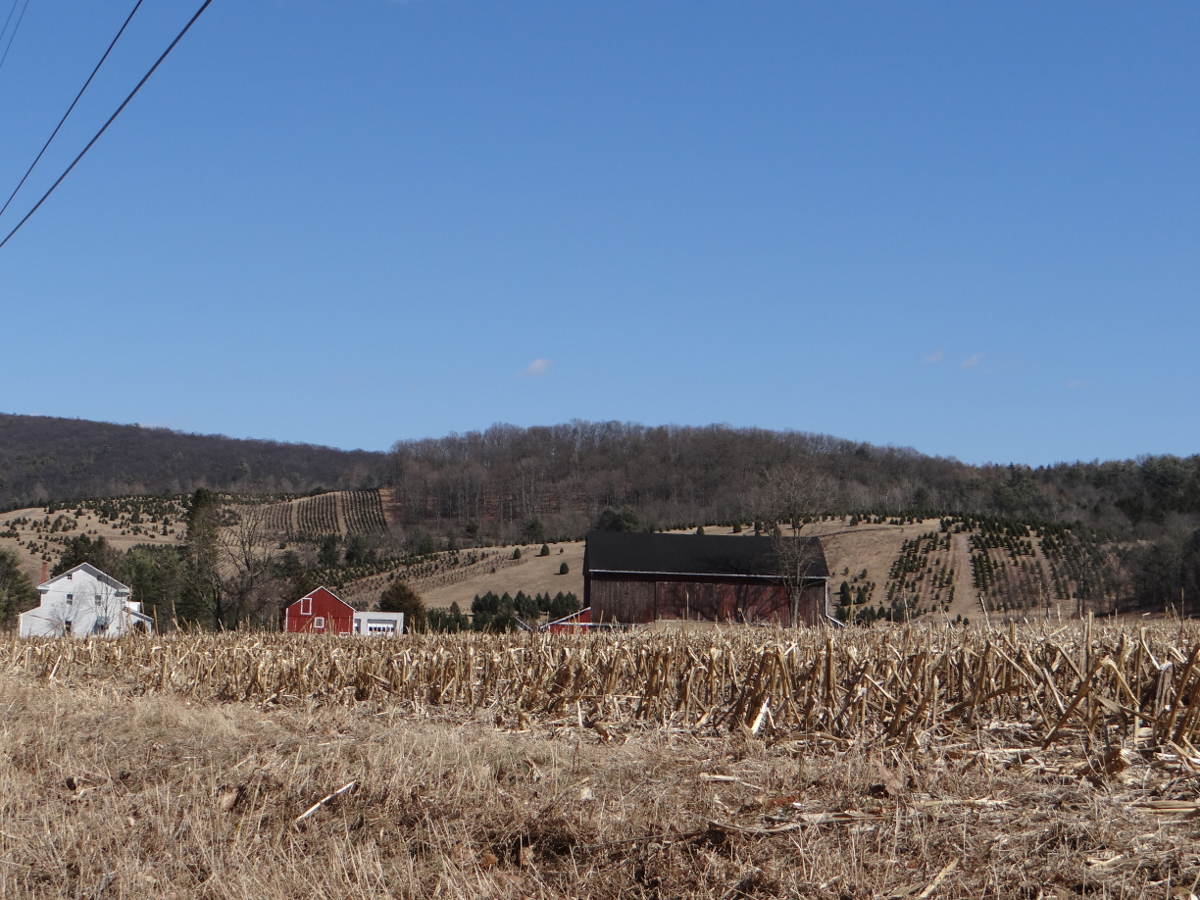
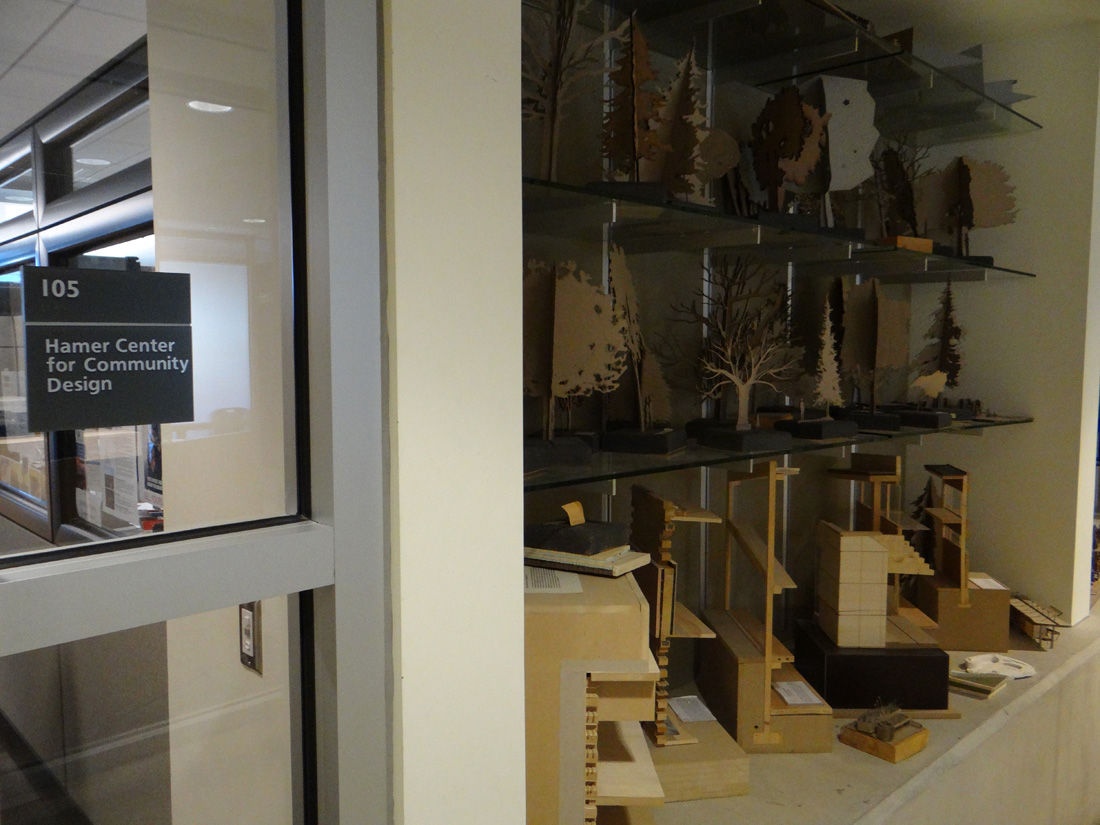
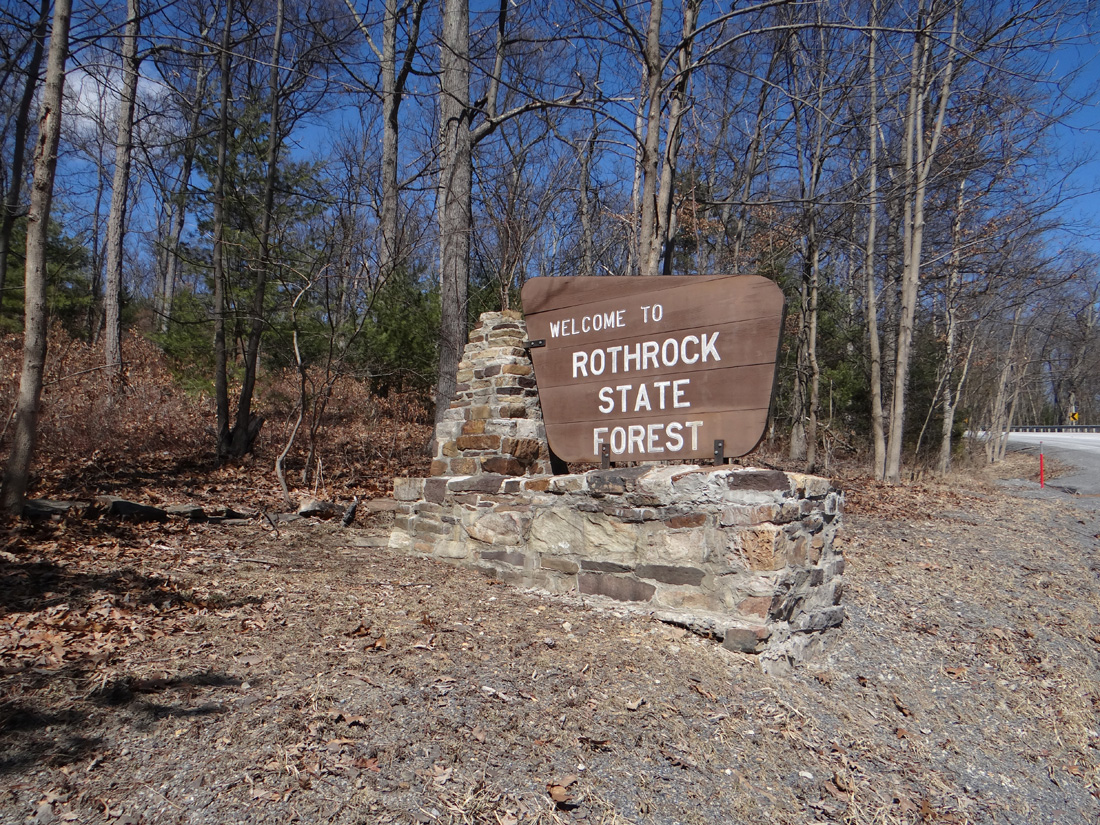
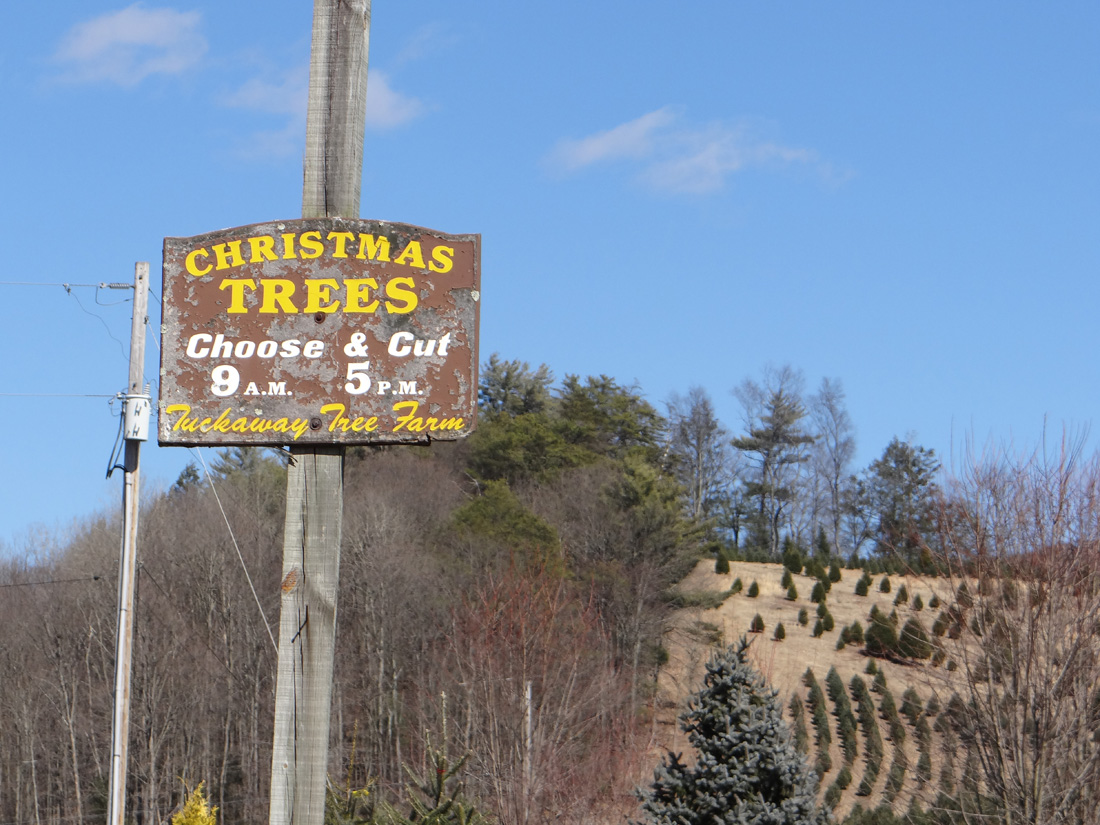
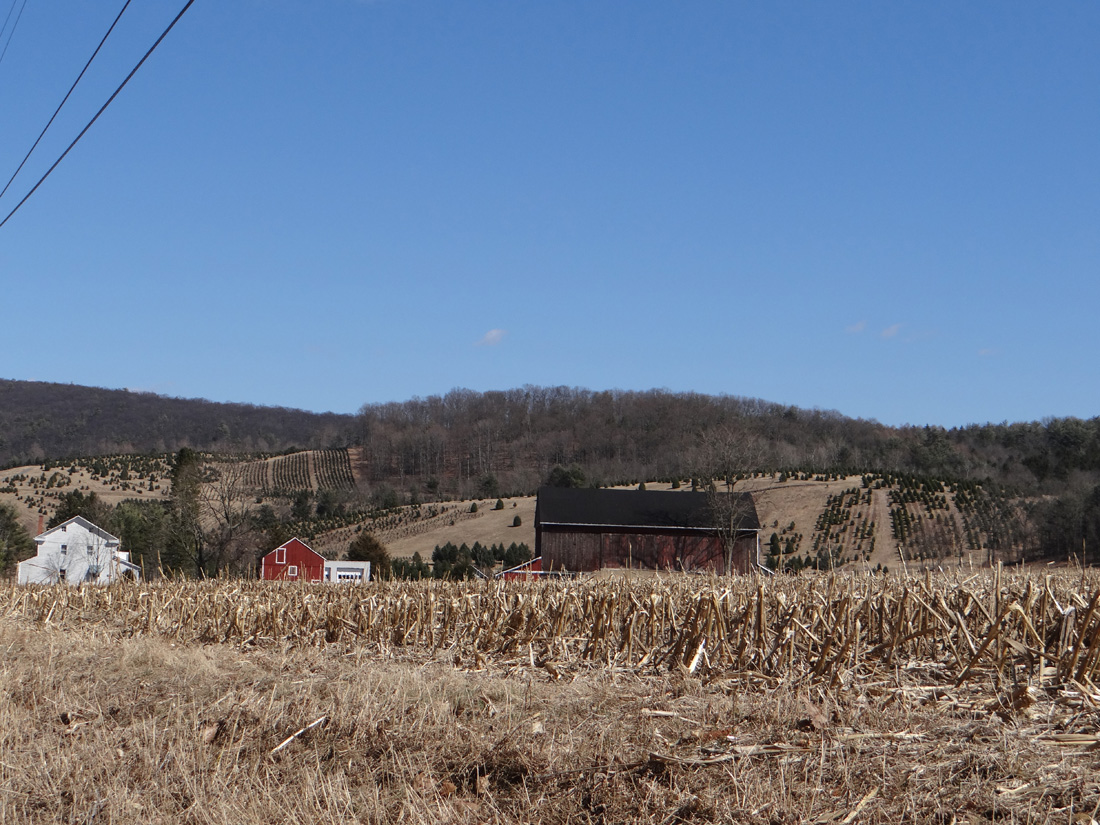
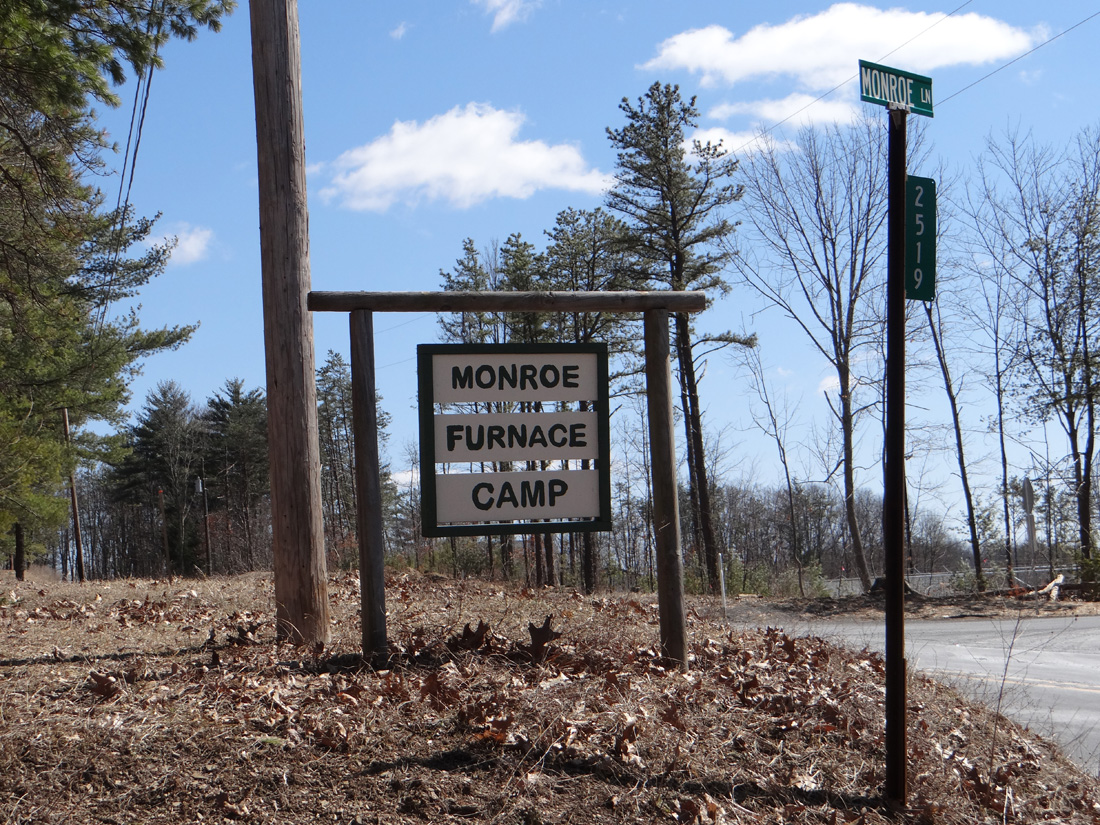
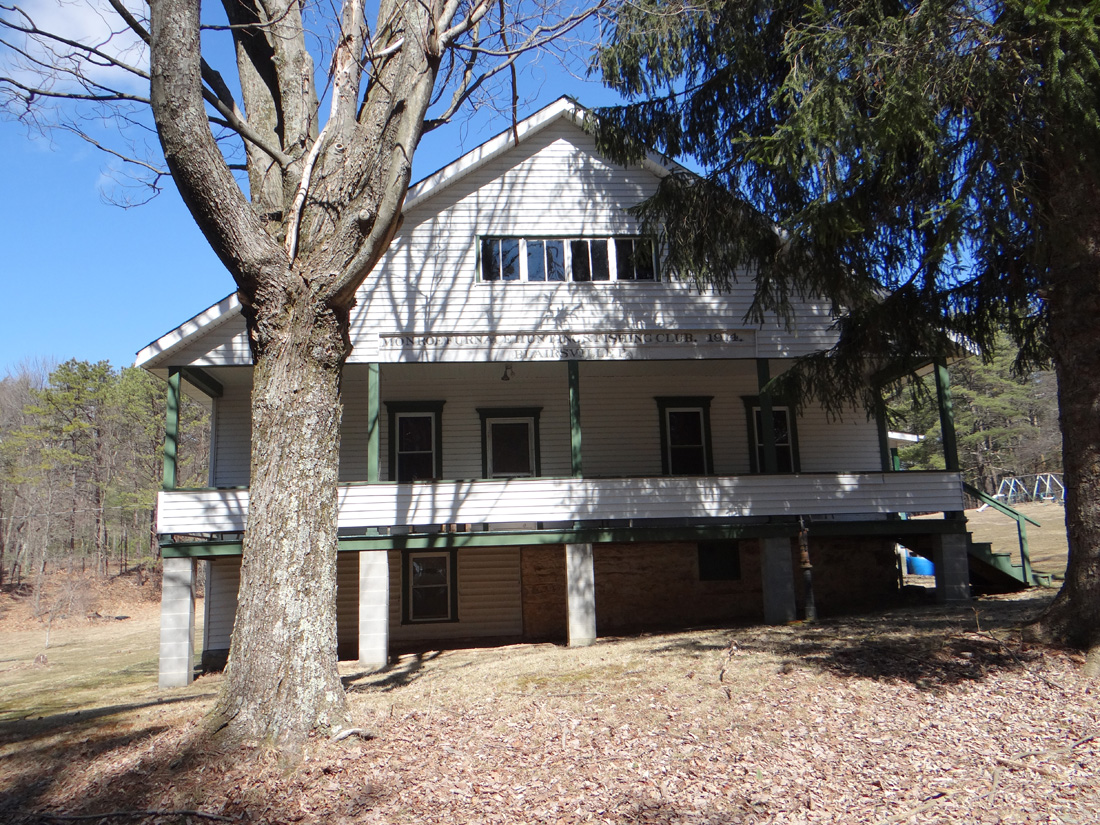
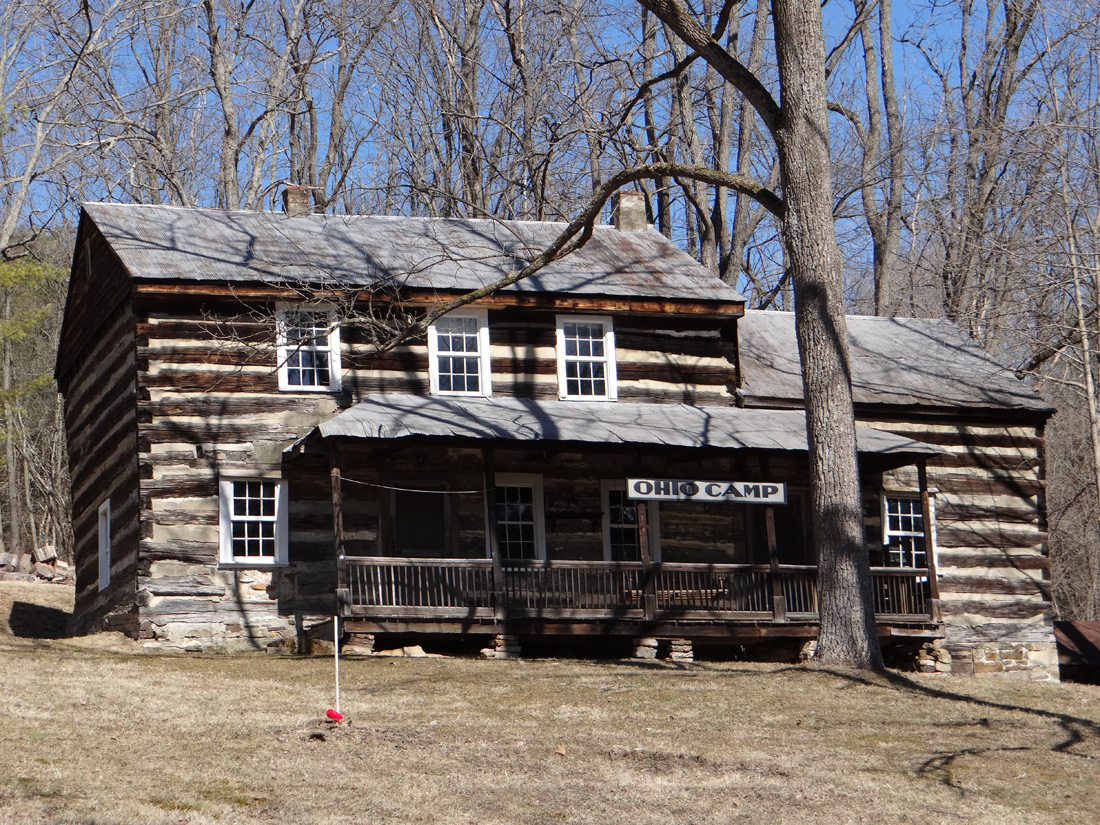
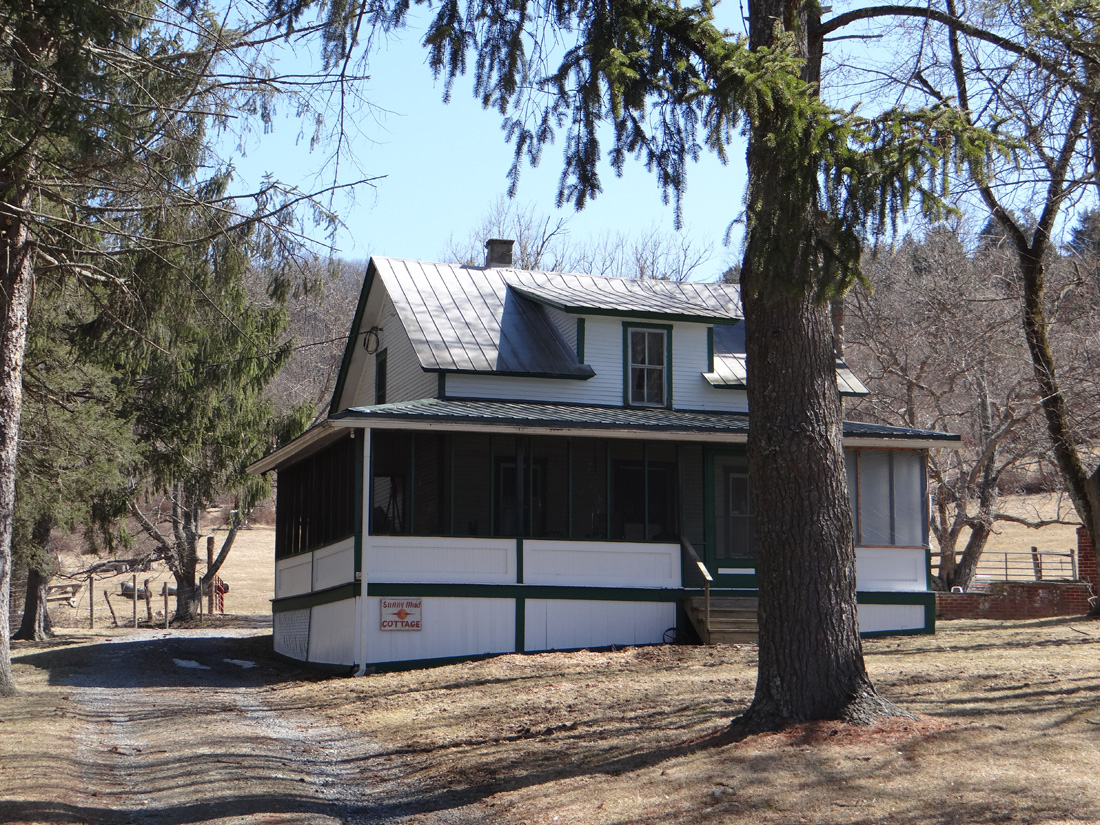
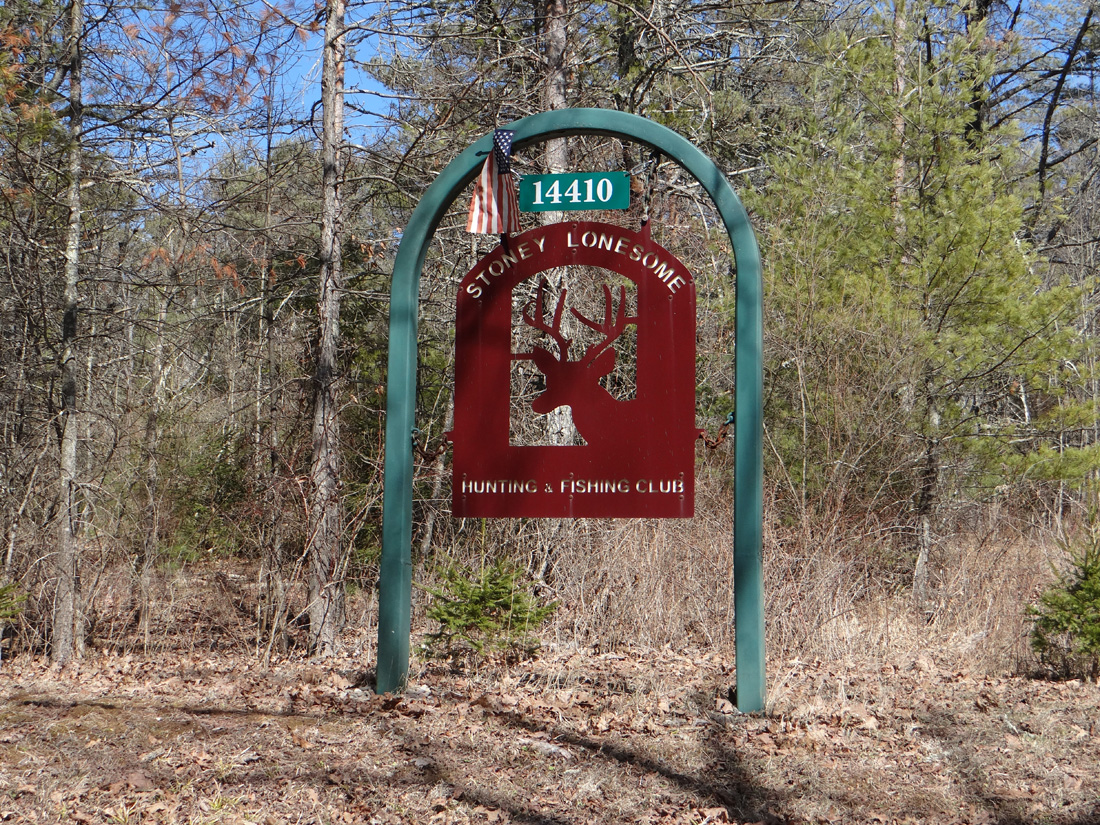
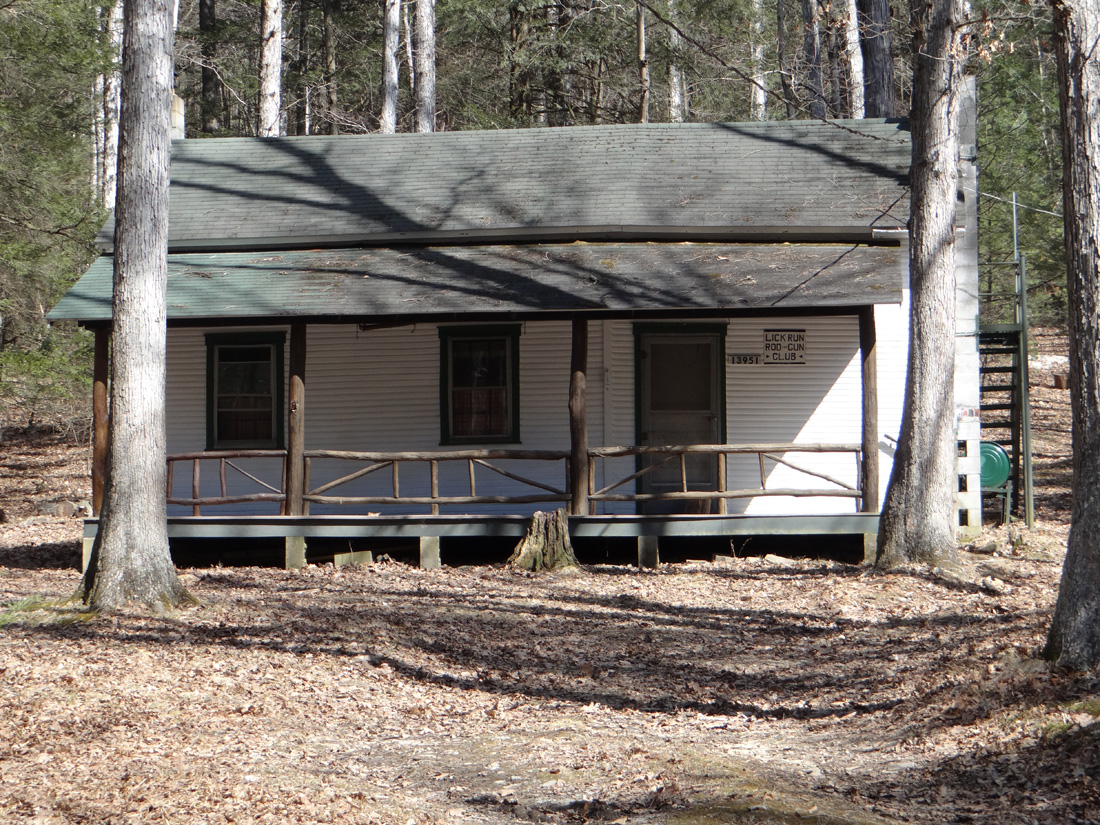
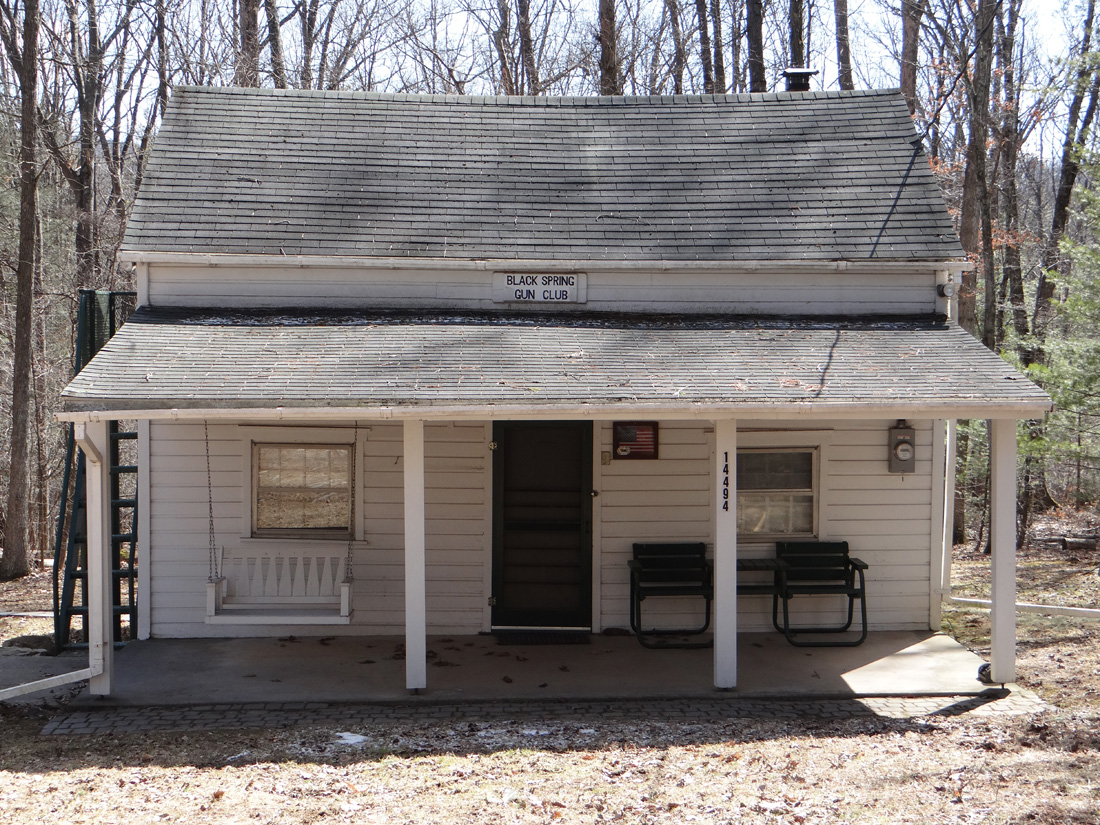
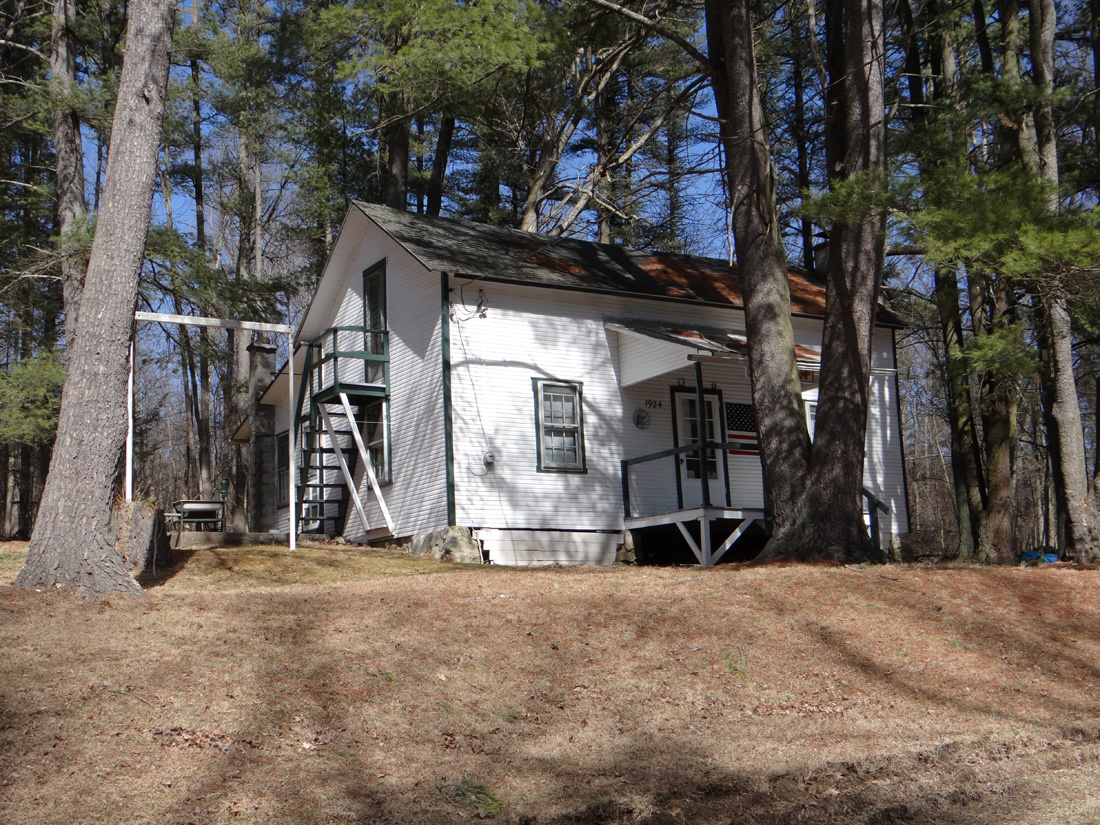
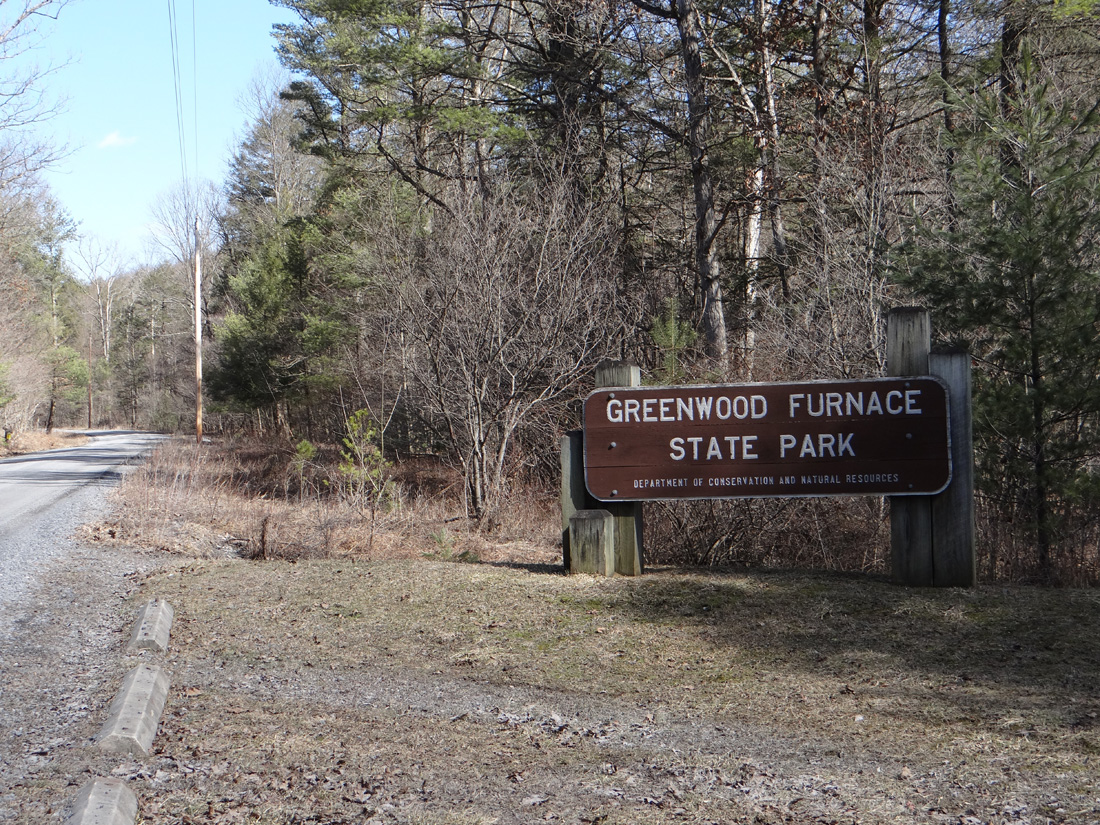
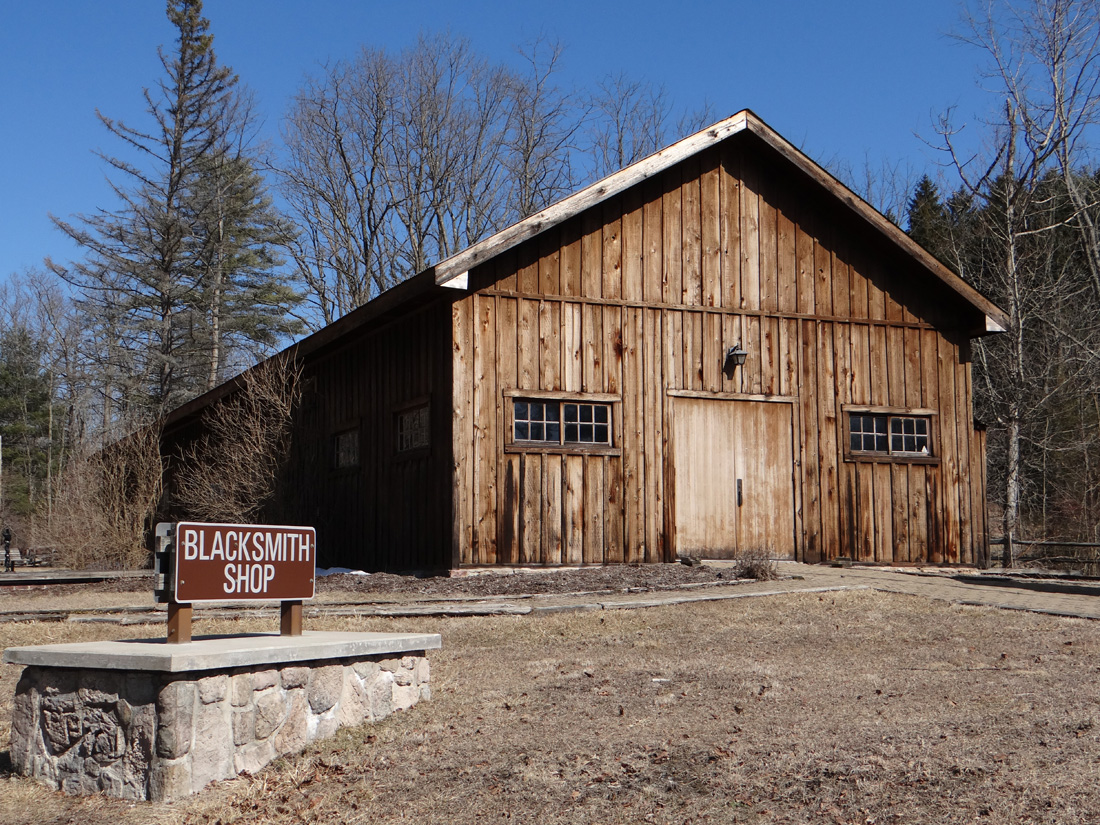
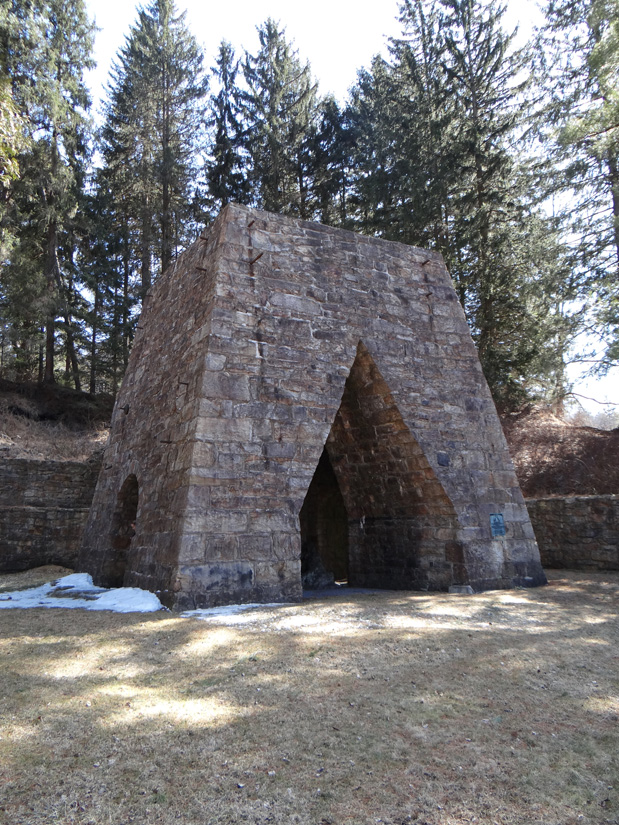
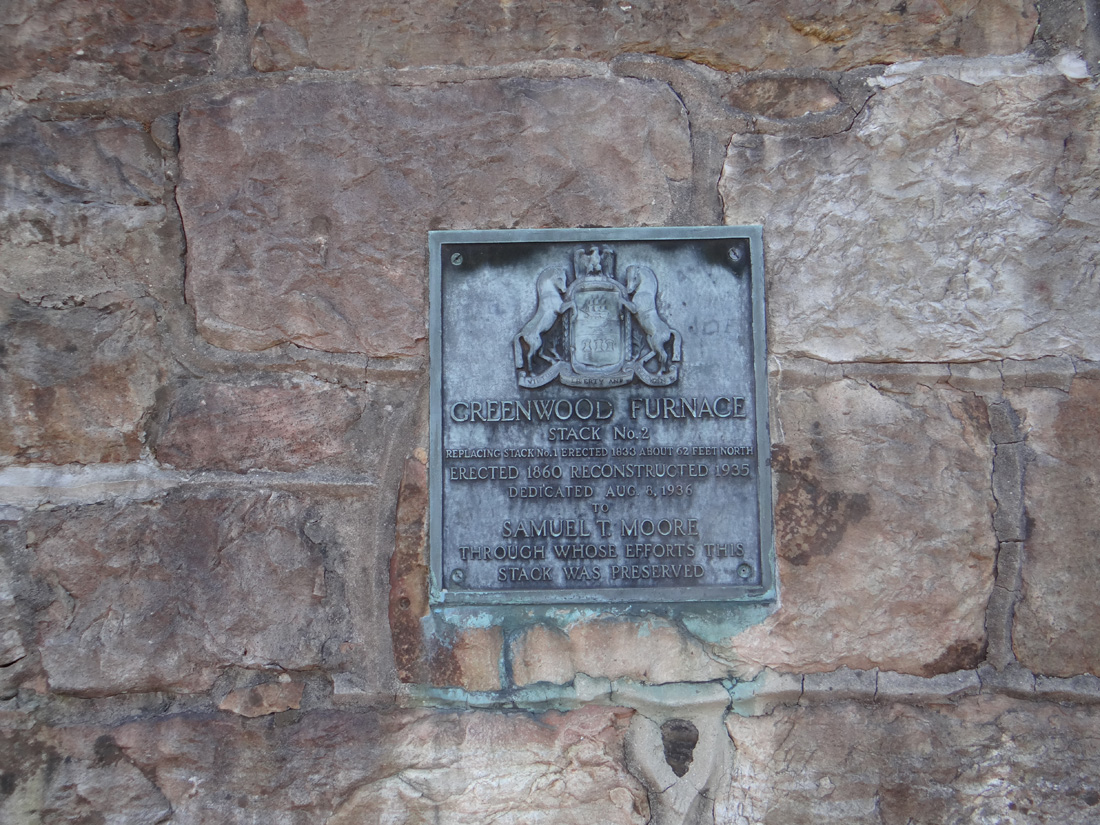
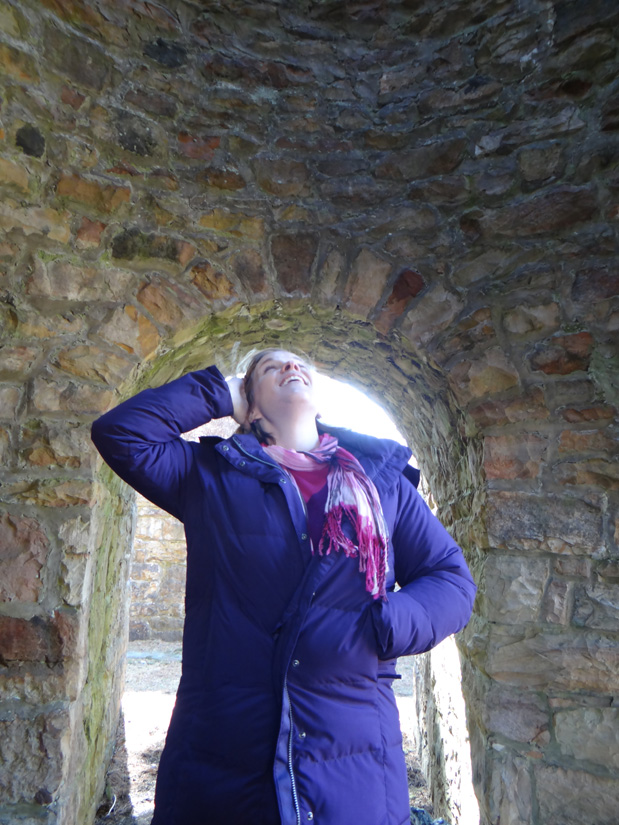
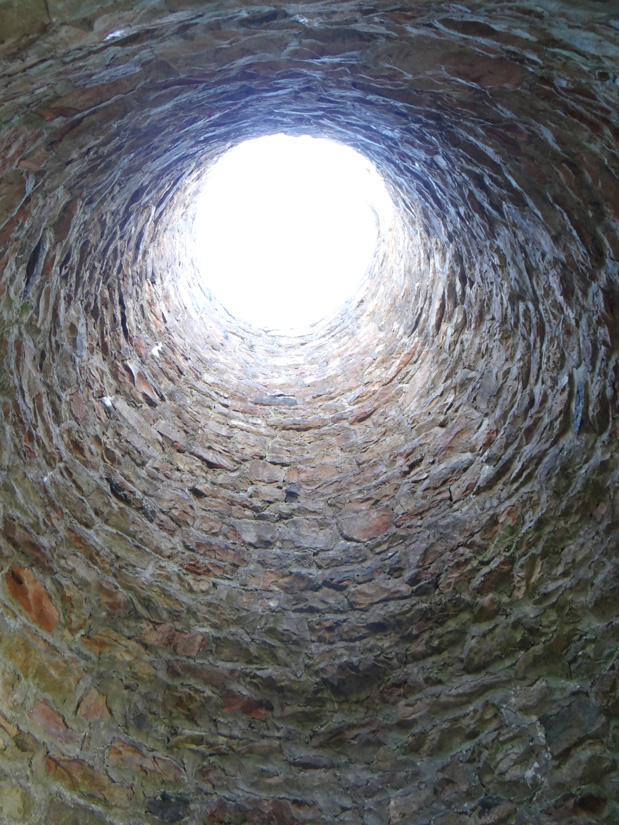
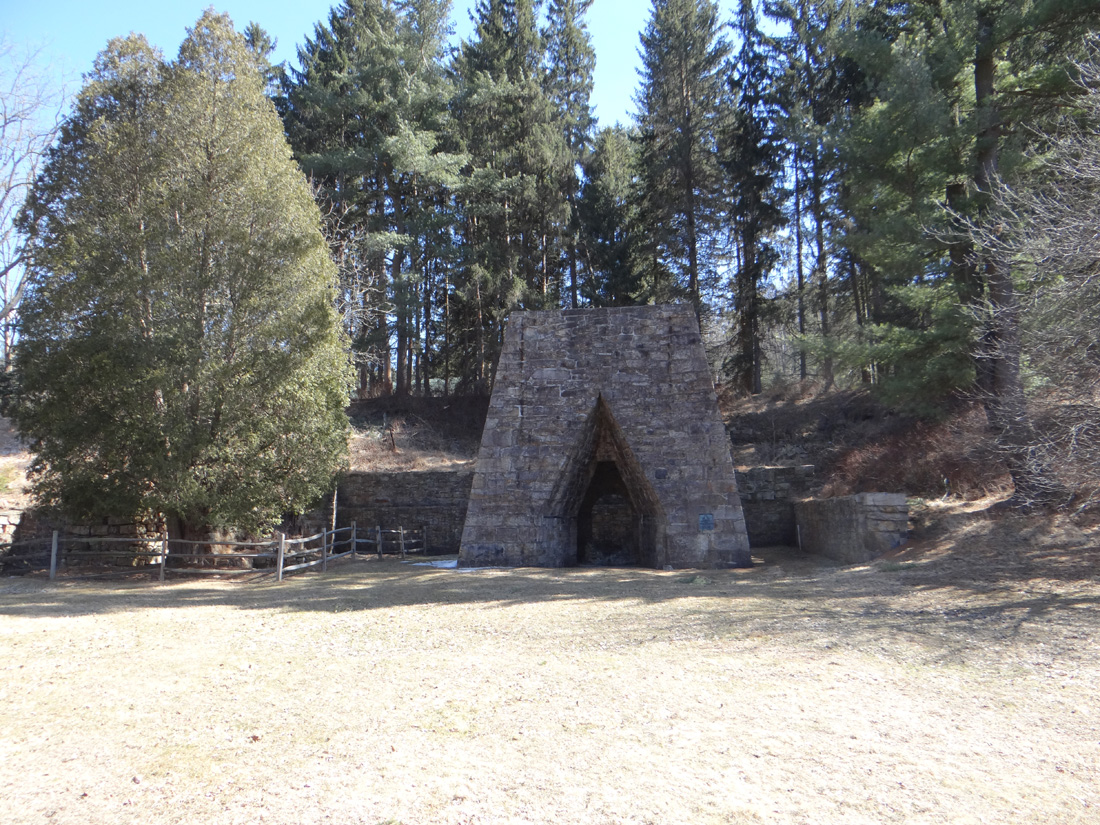
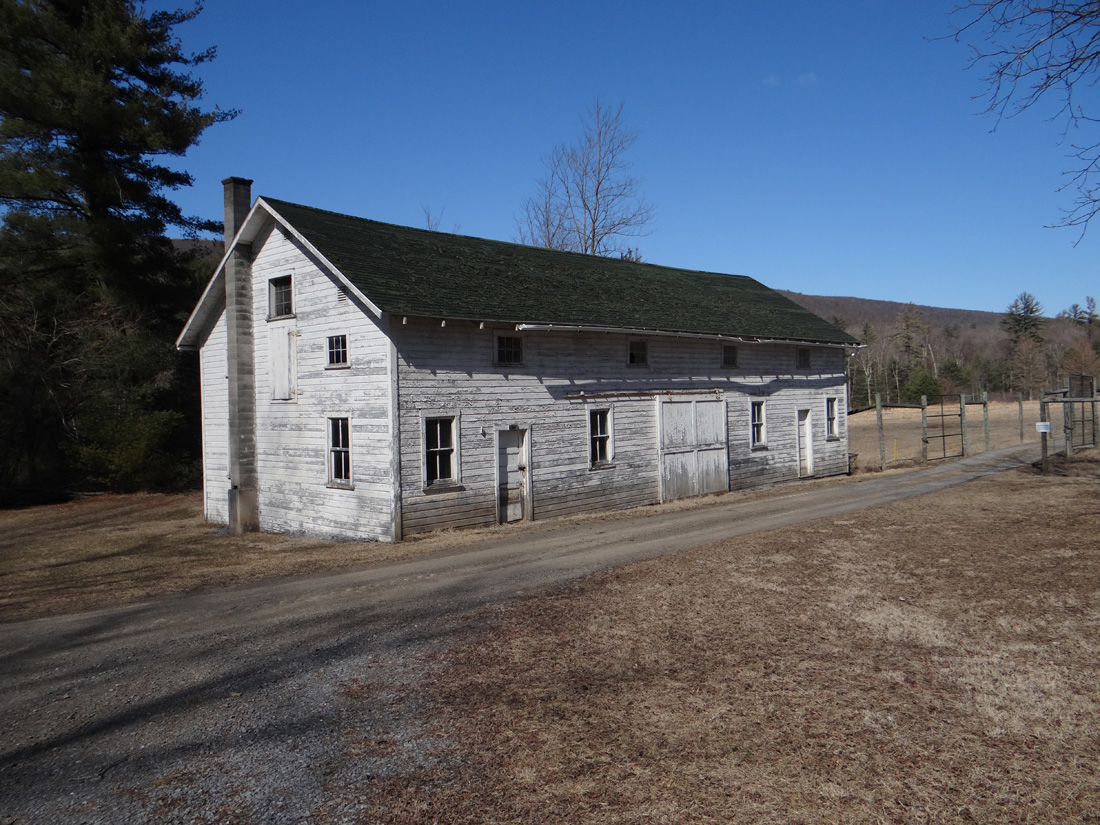
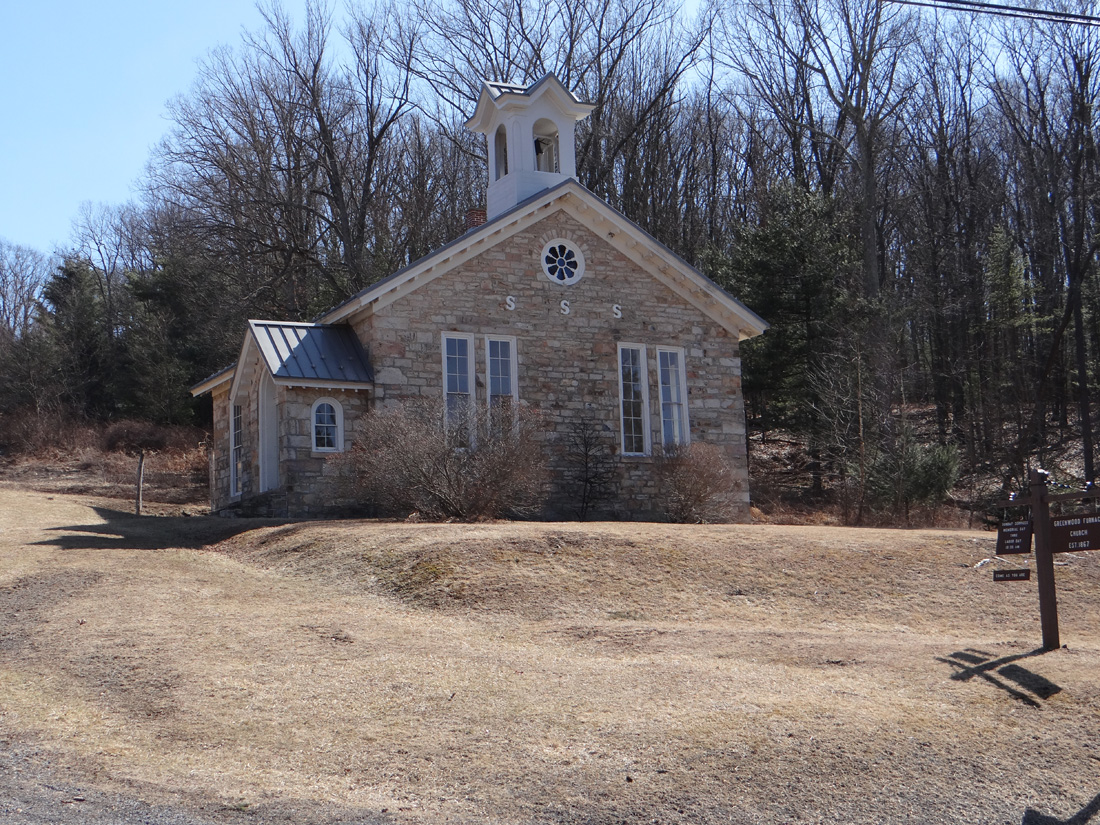
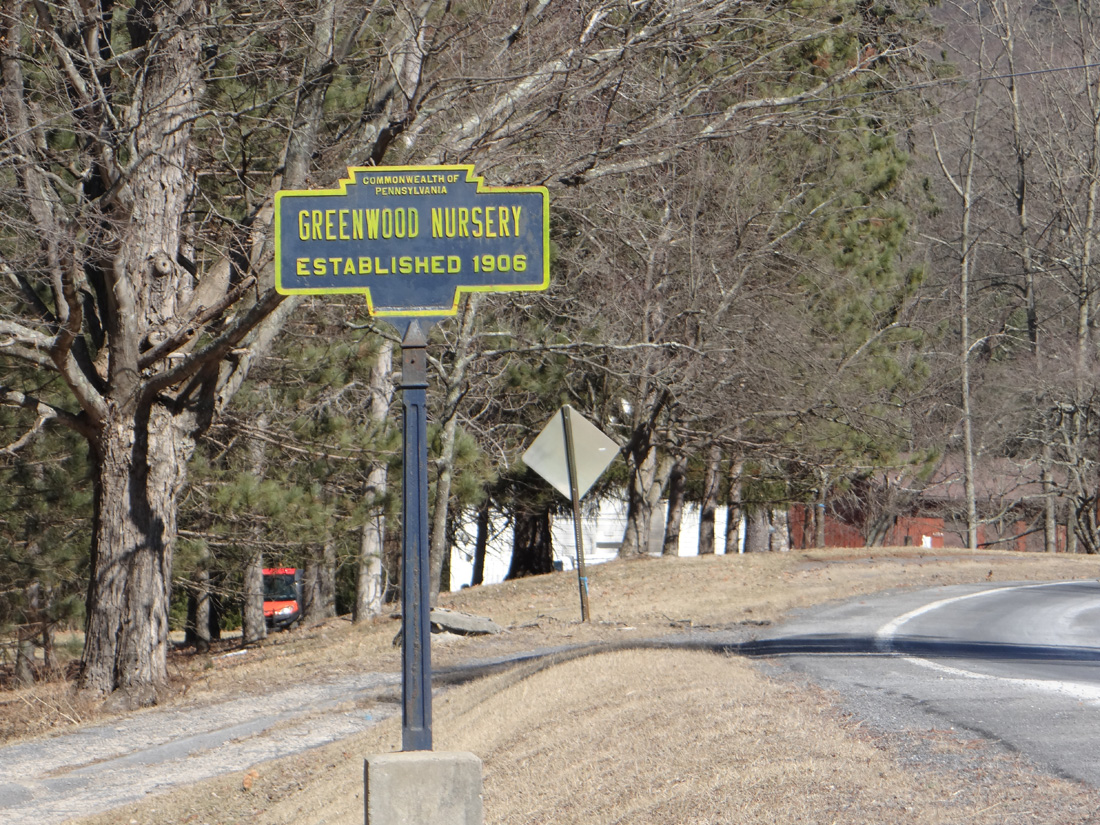
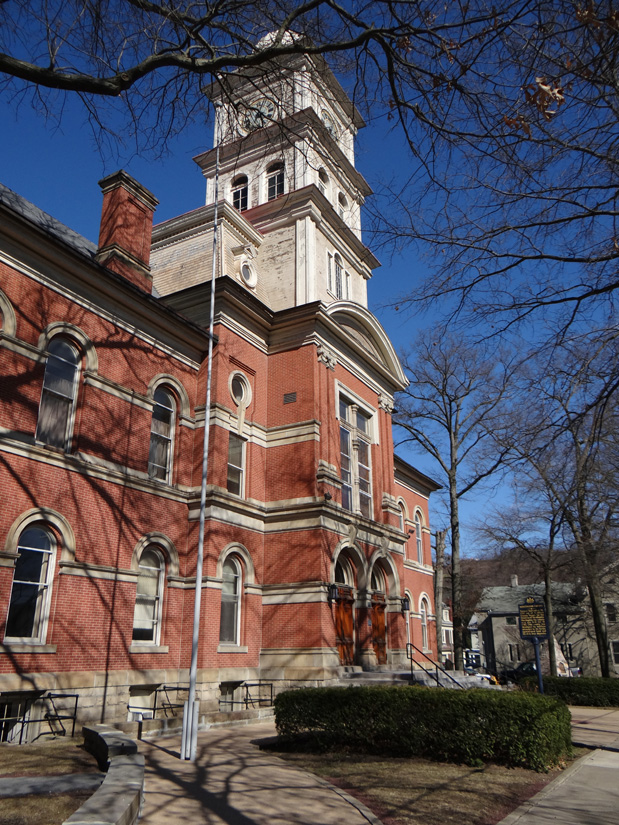
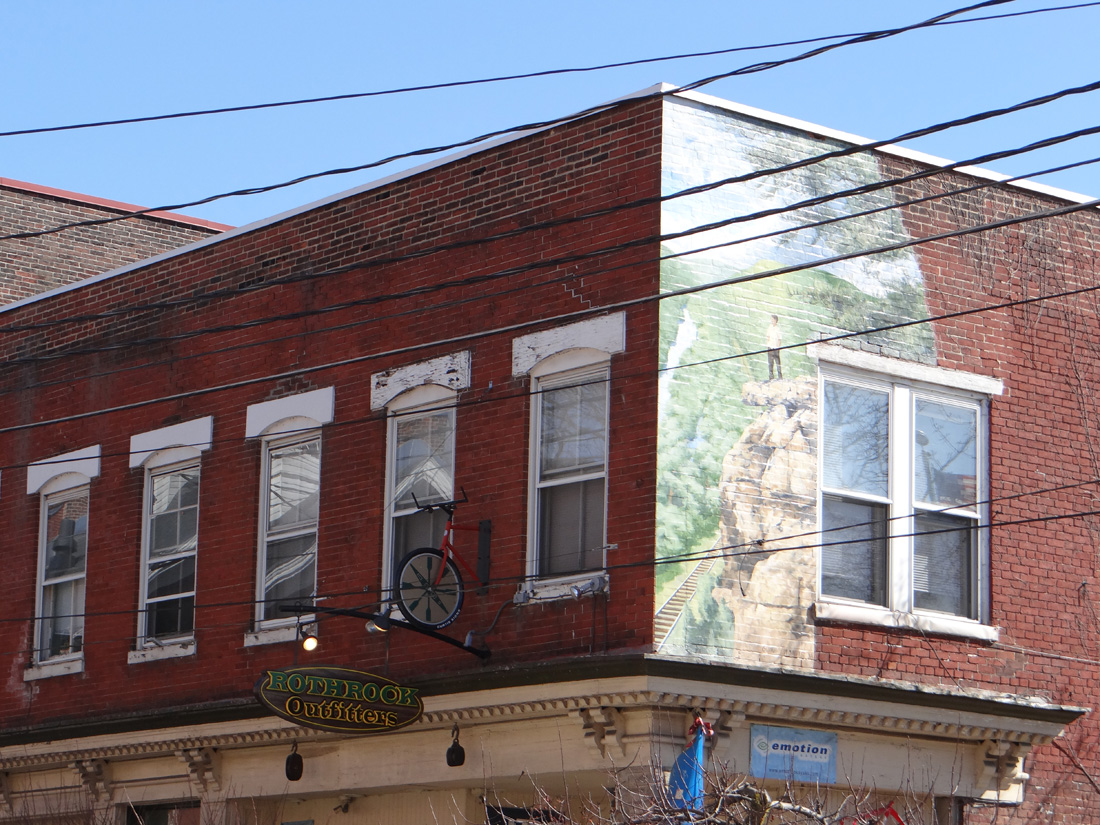
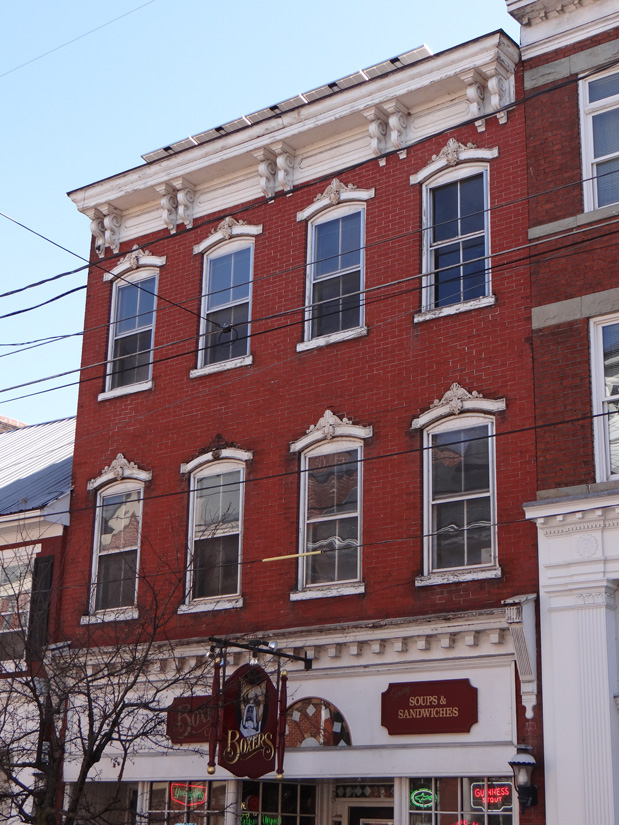
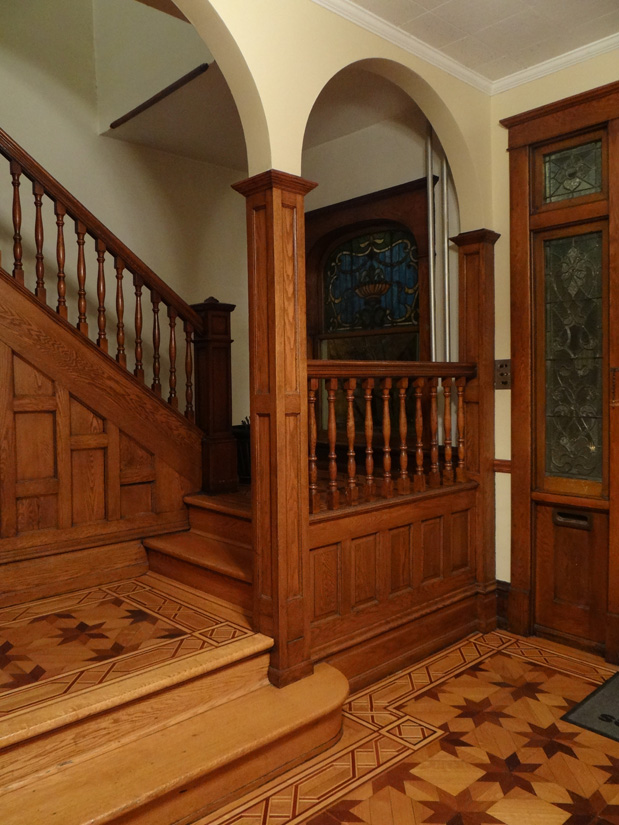
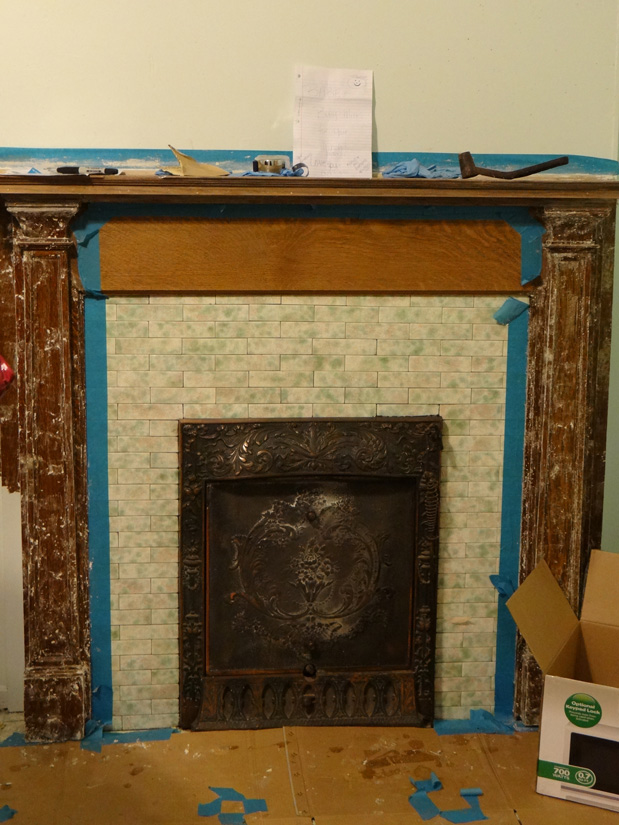
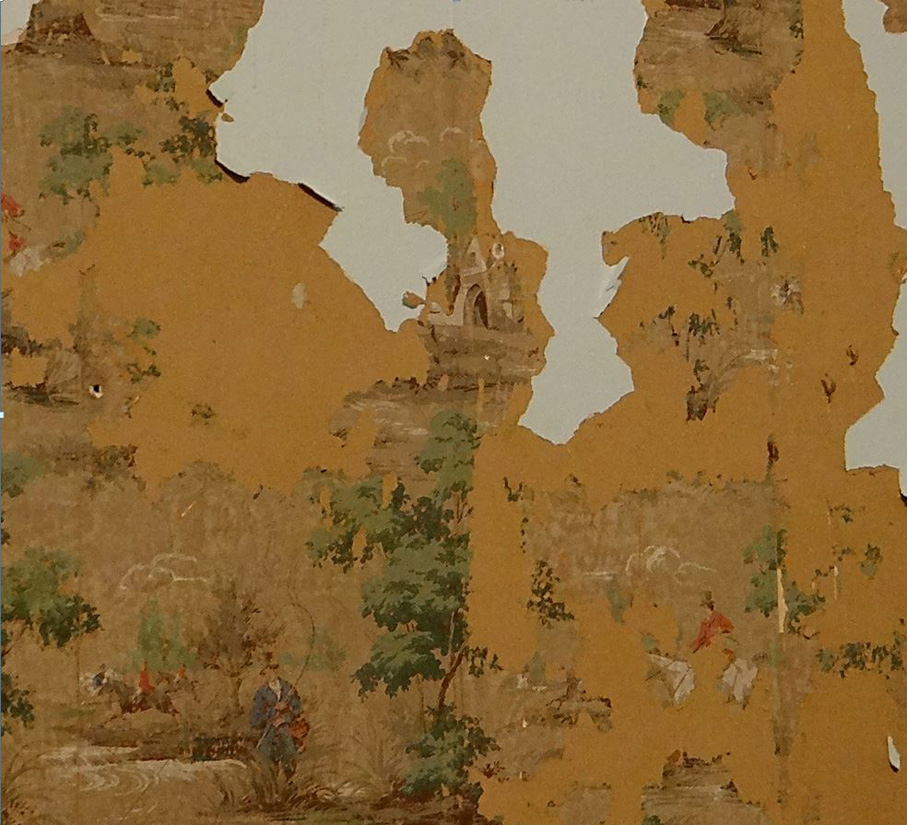
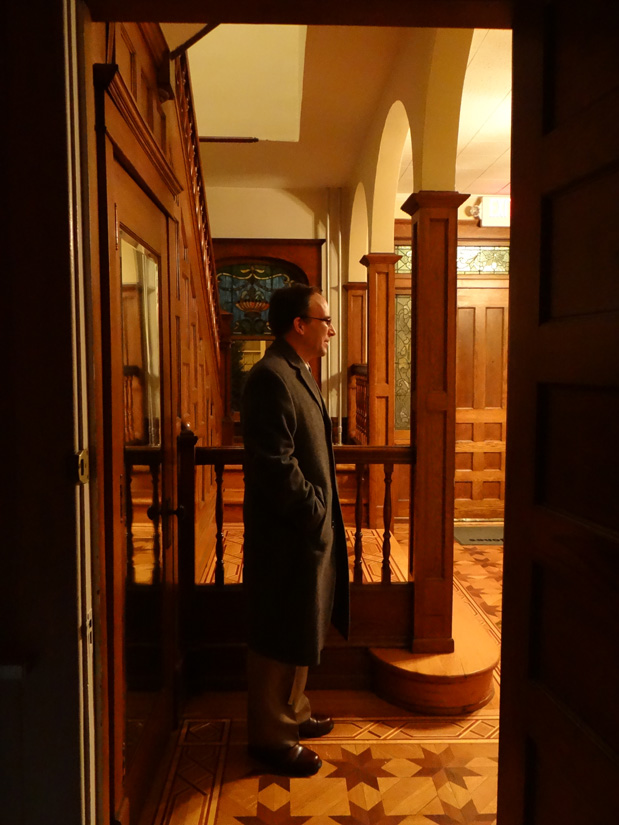
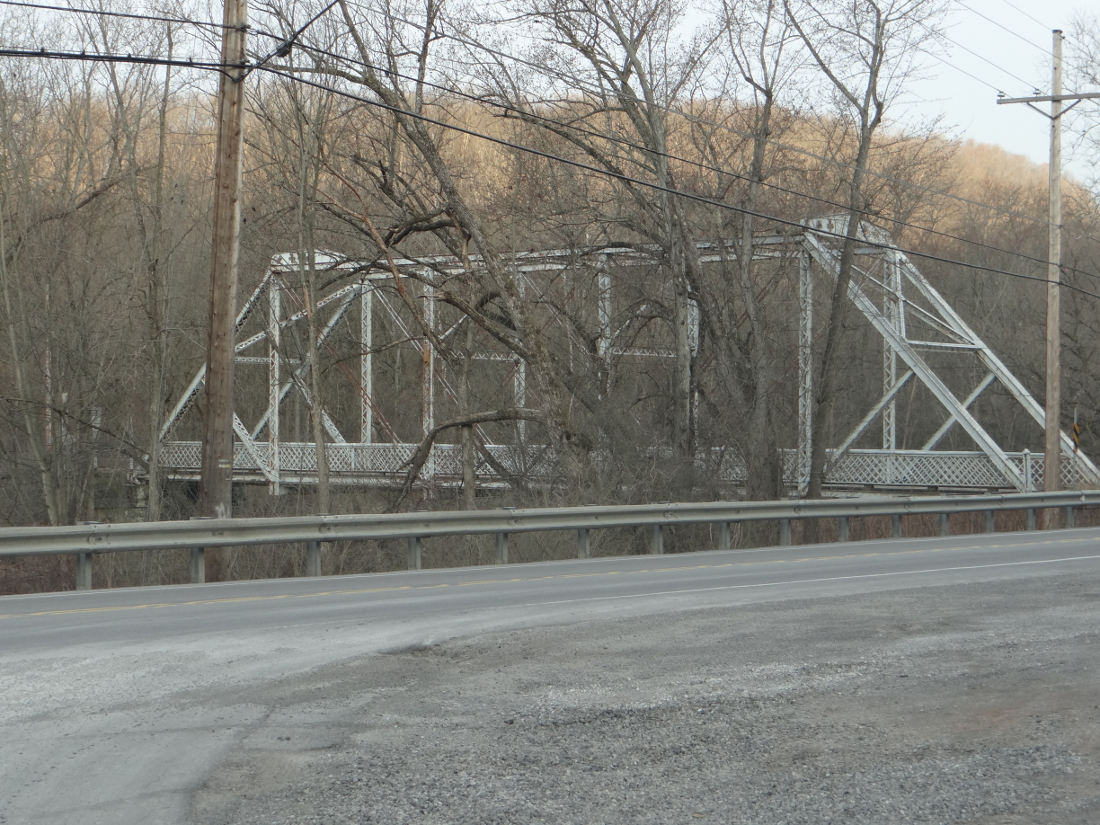
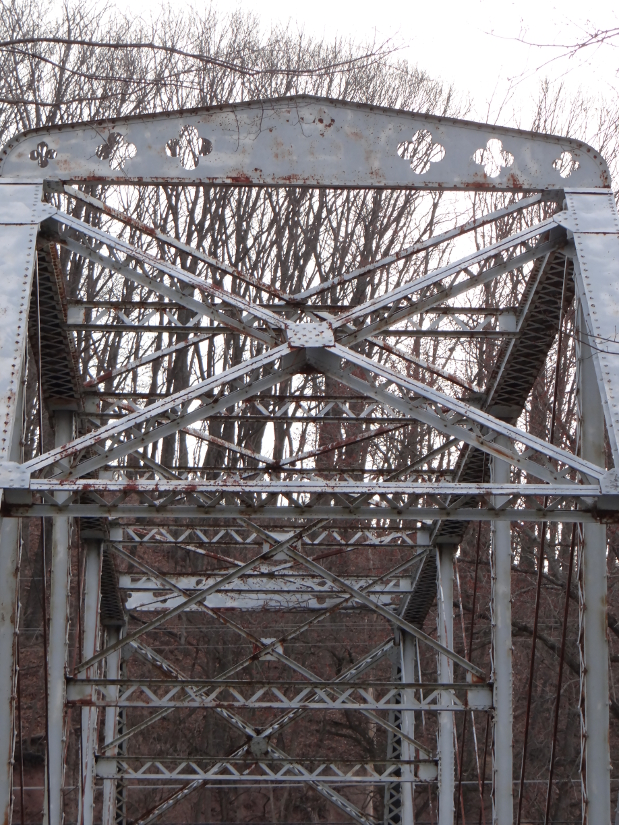

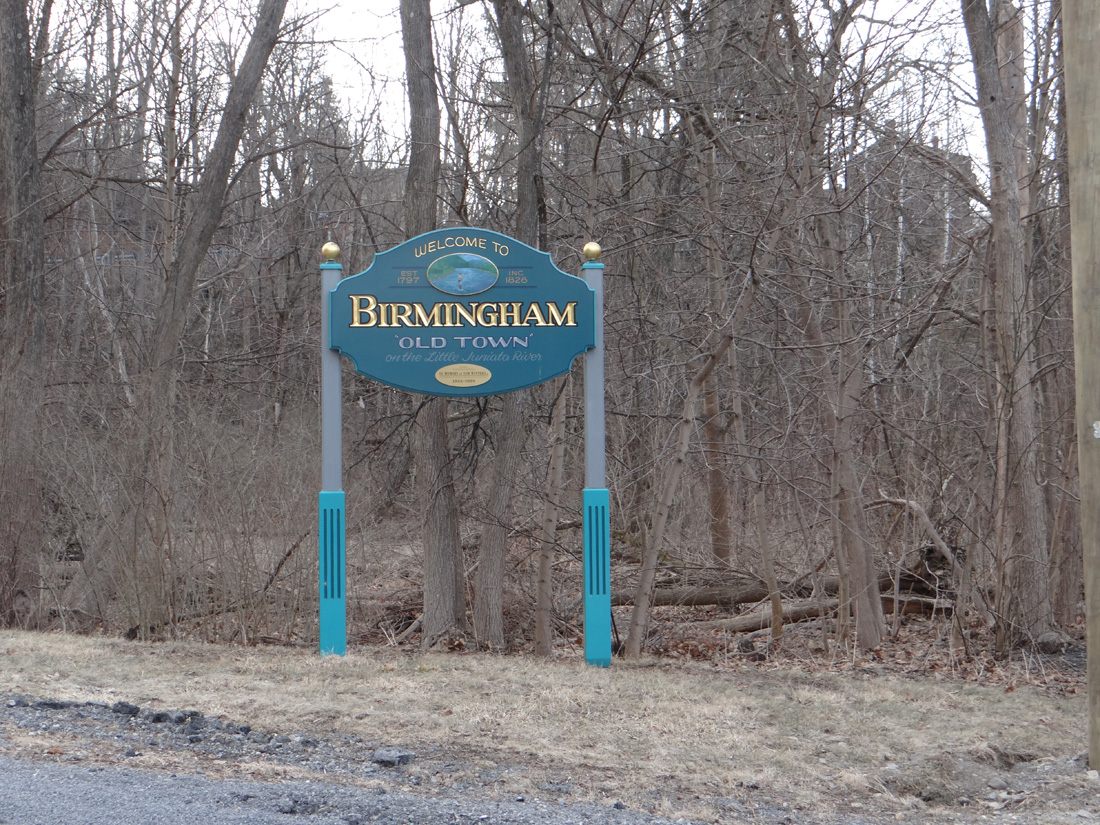
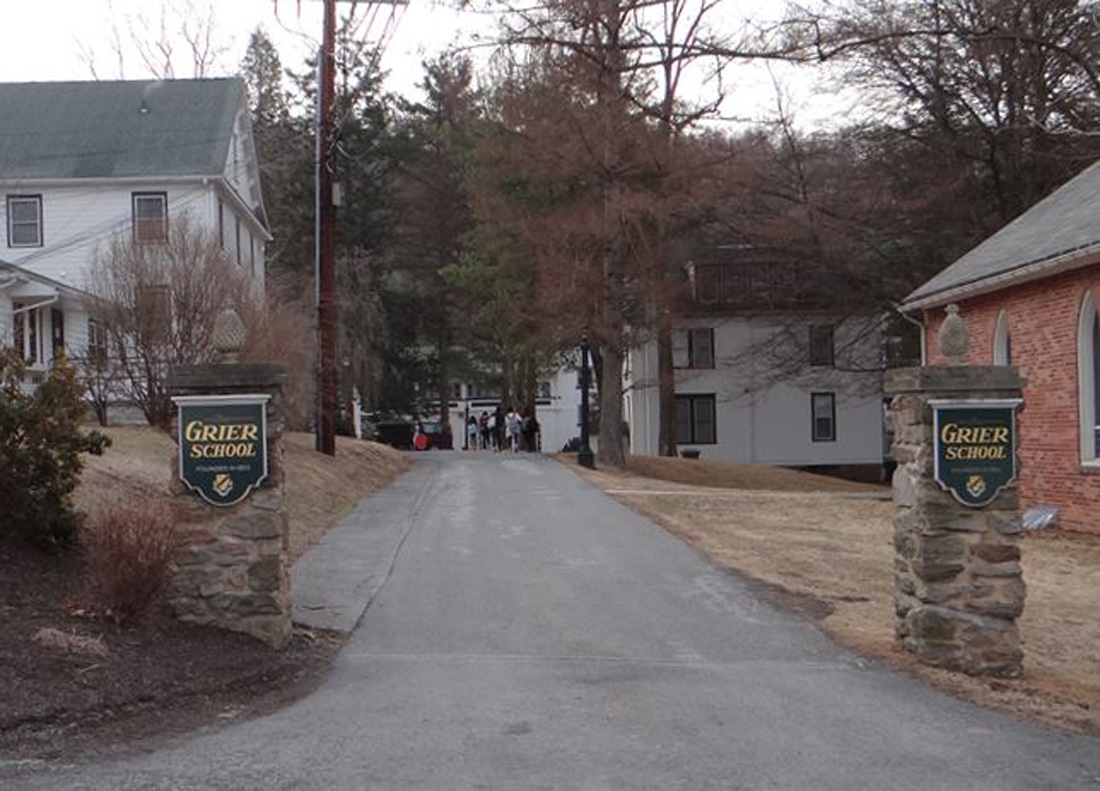
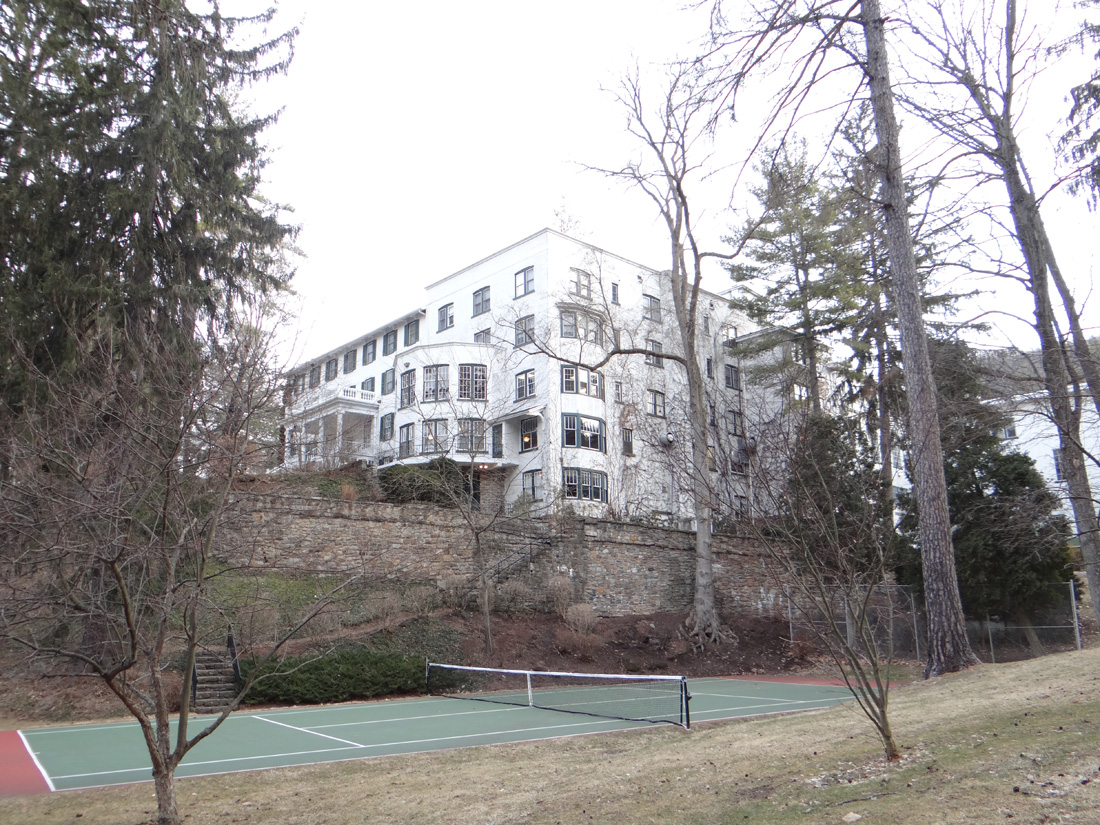
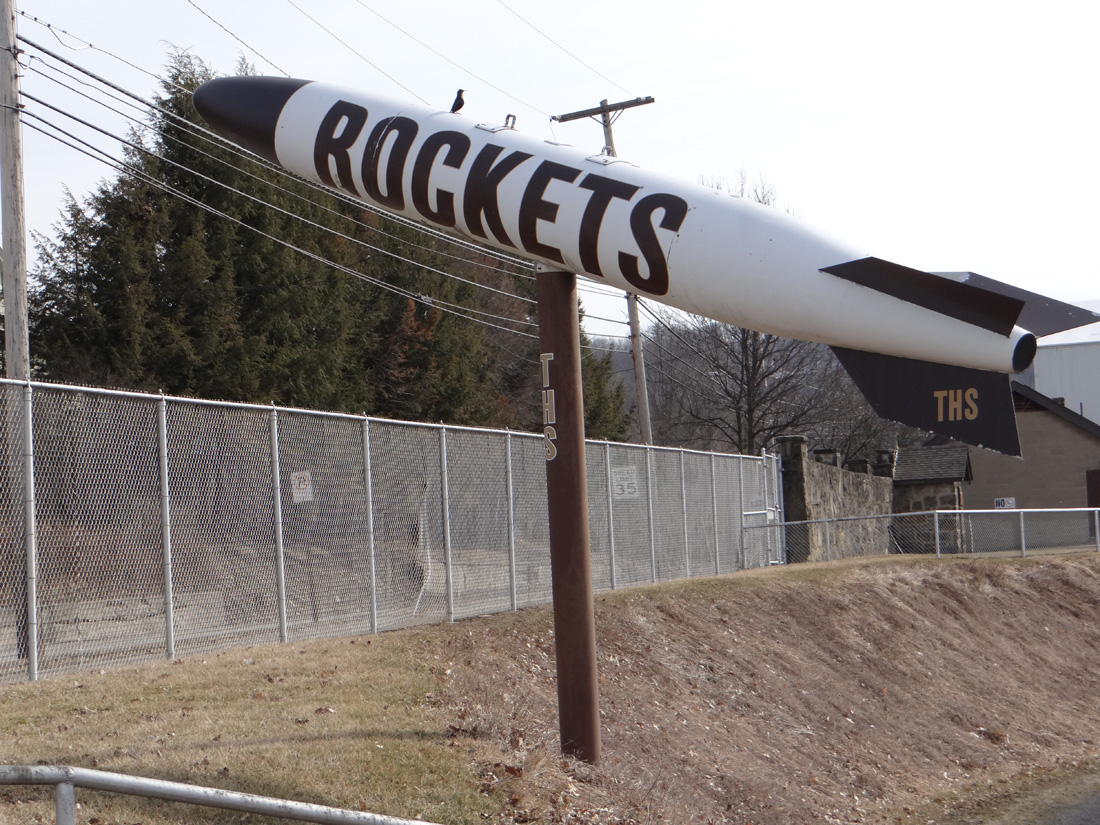
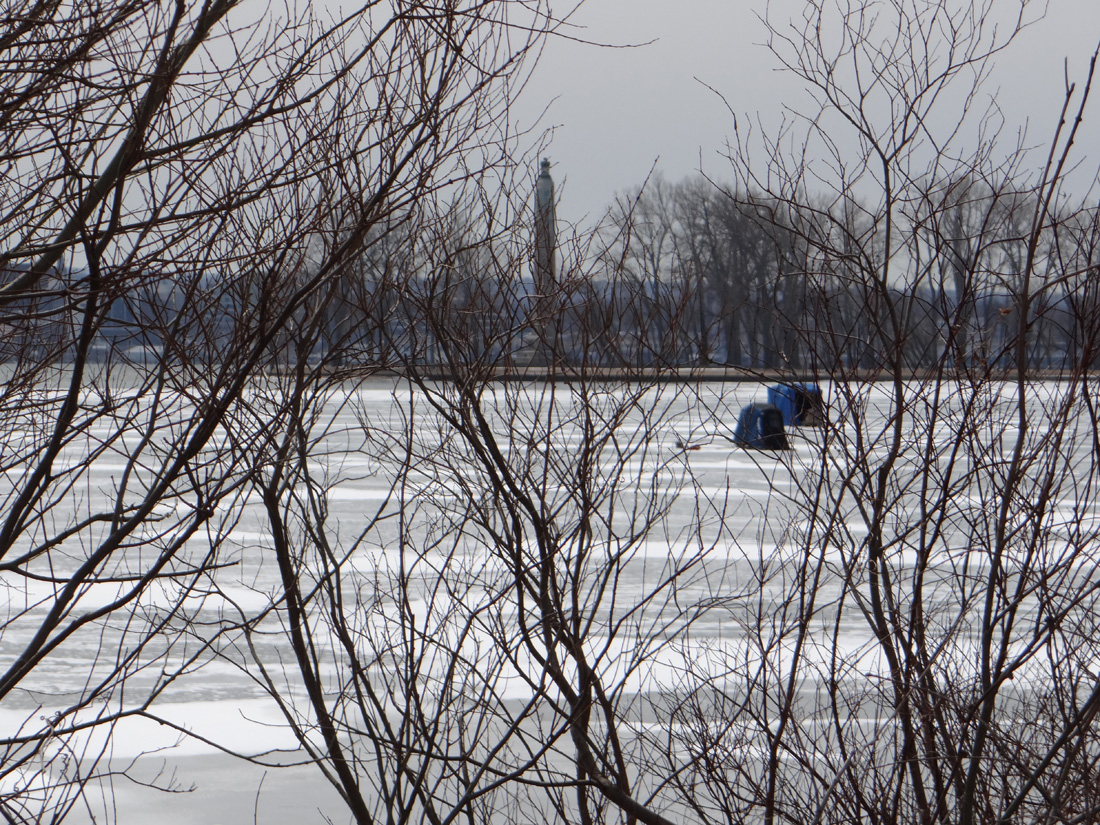
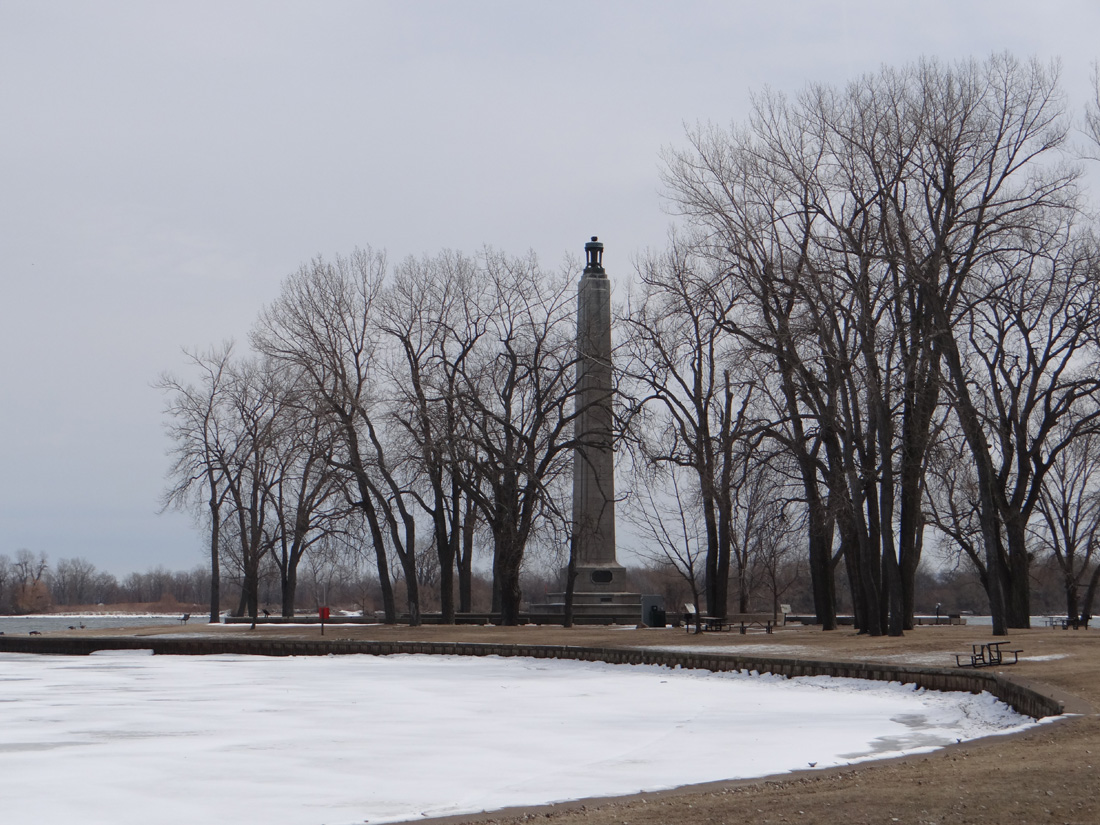
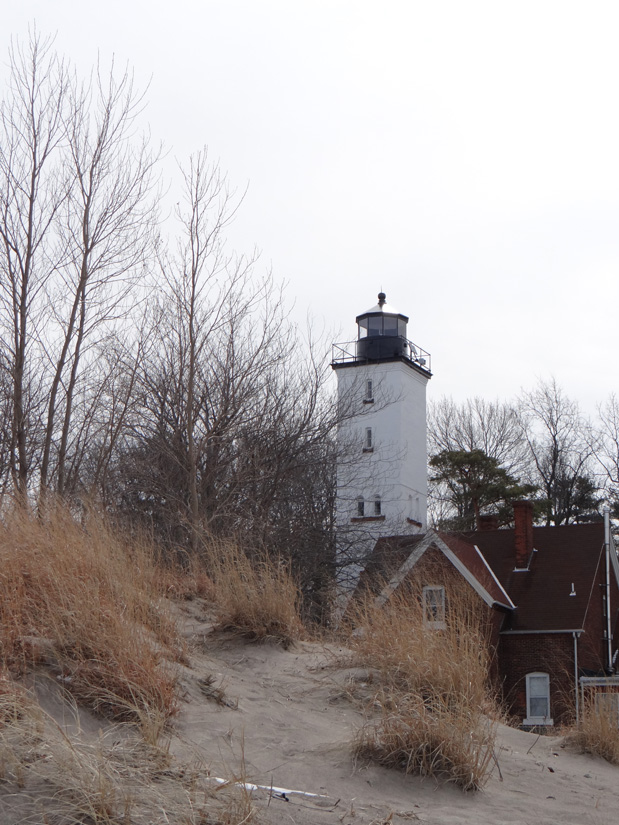
What a treat! And, I love your idea about a thesis topic about hunting camps!
I am exhausted by Part 1 of the journey. i doubt i can survive Part 2! maybe with a little fortification at Boxers – great burgers!